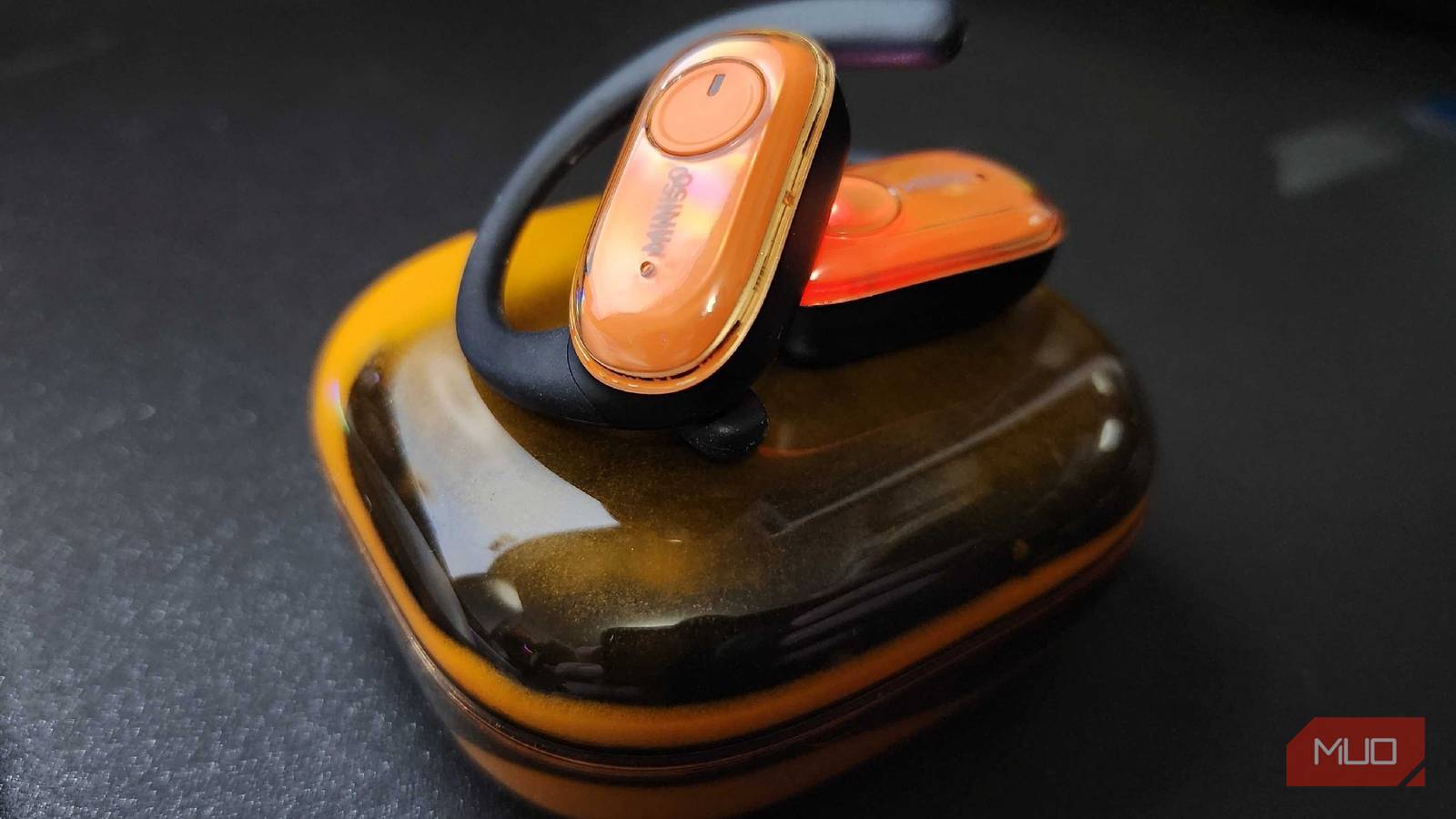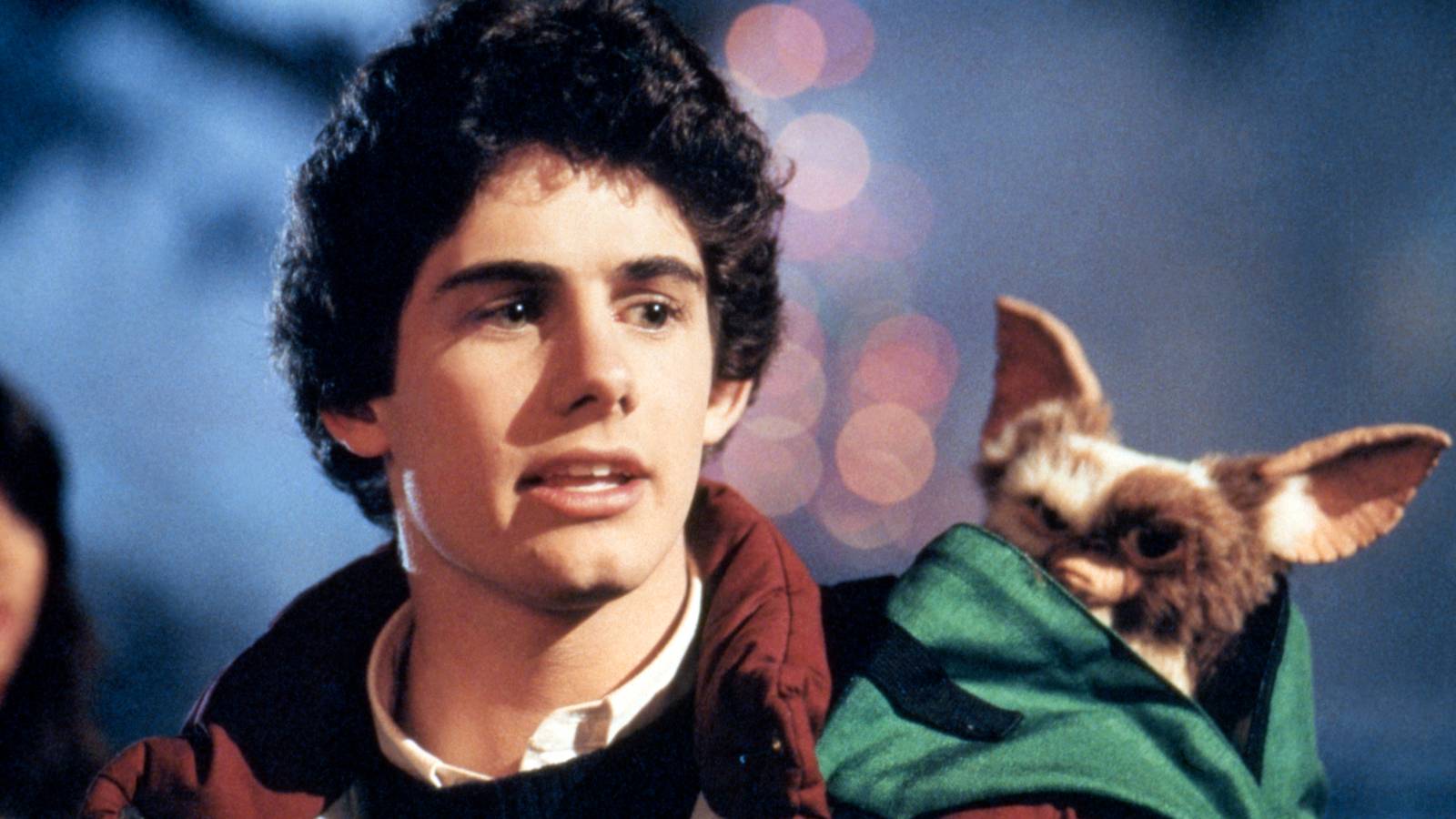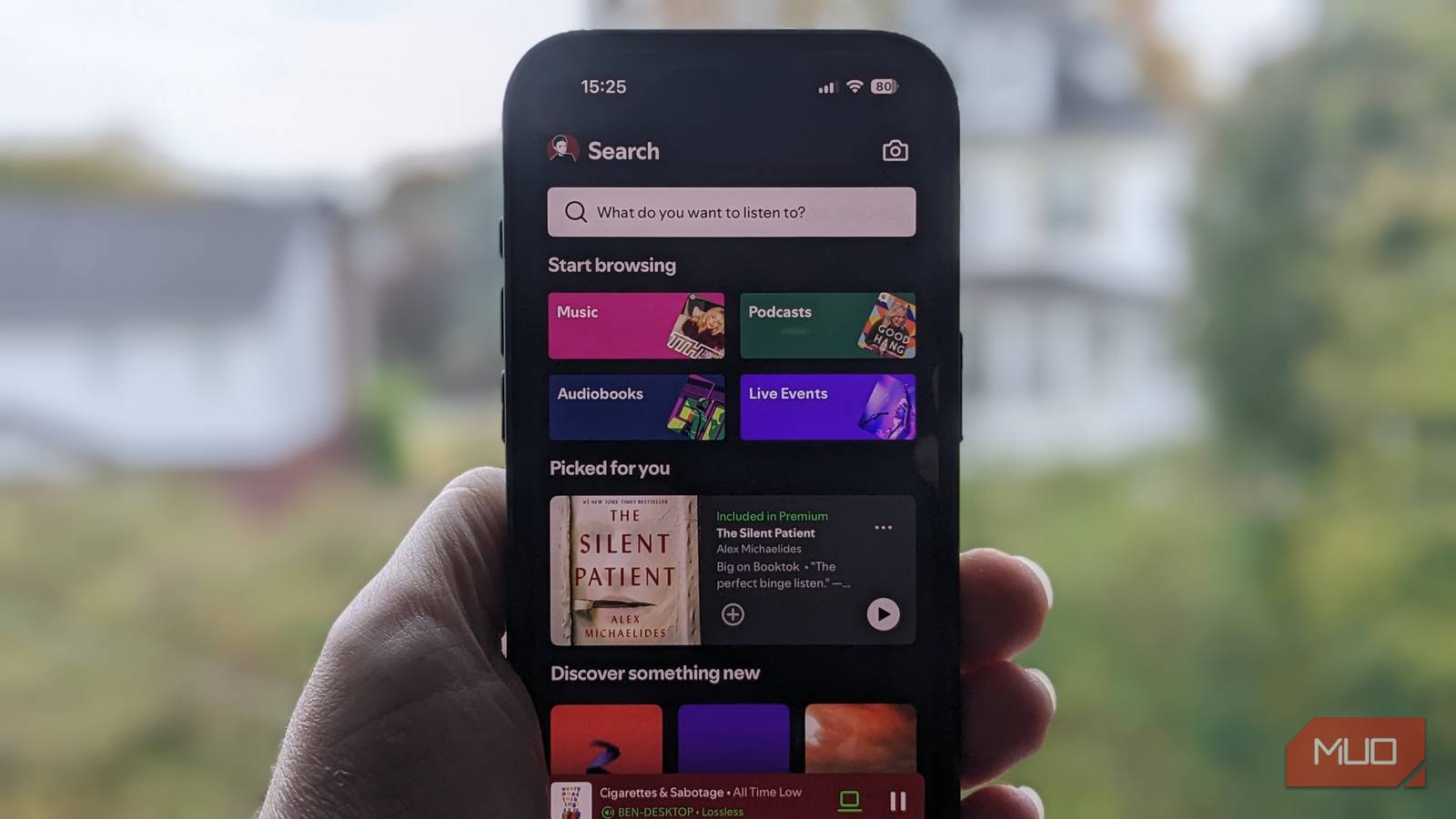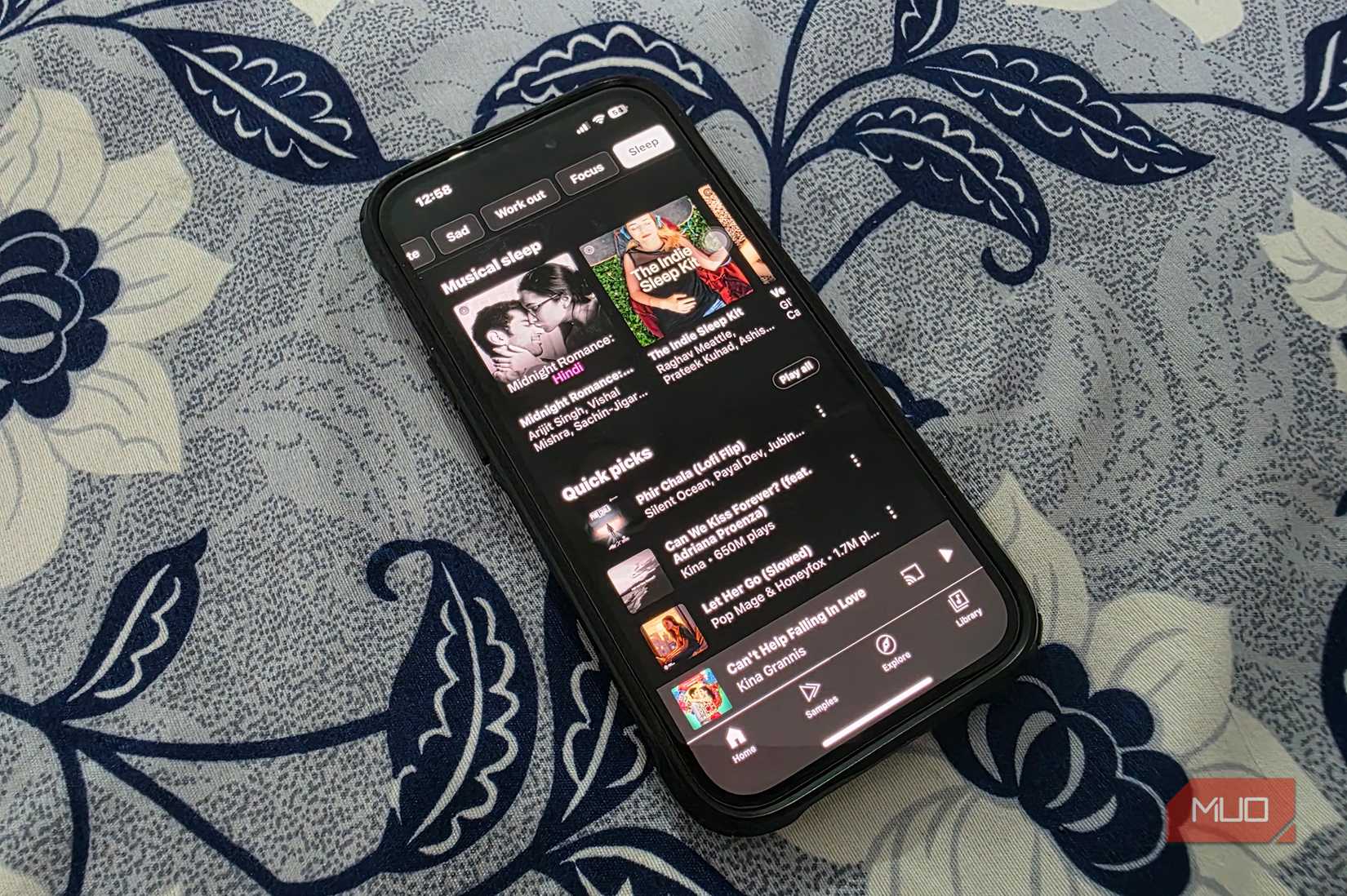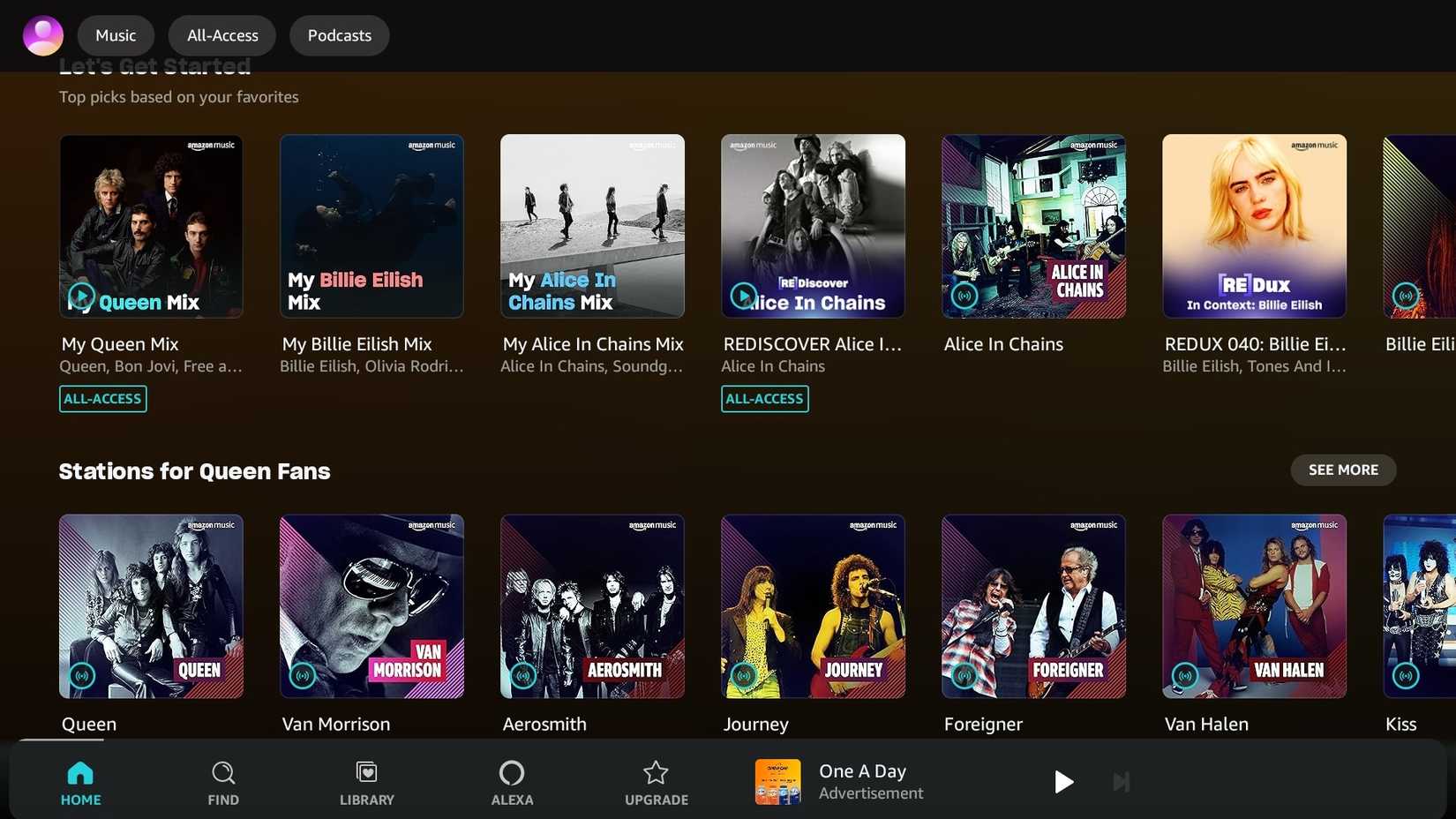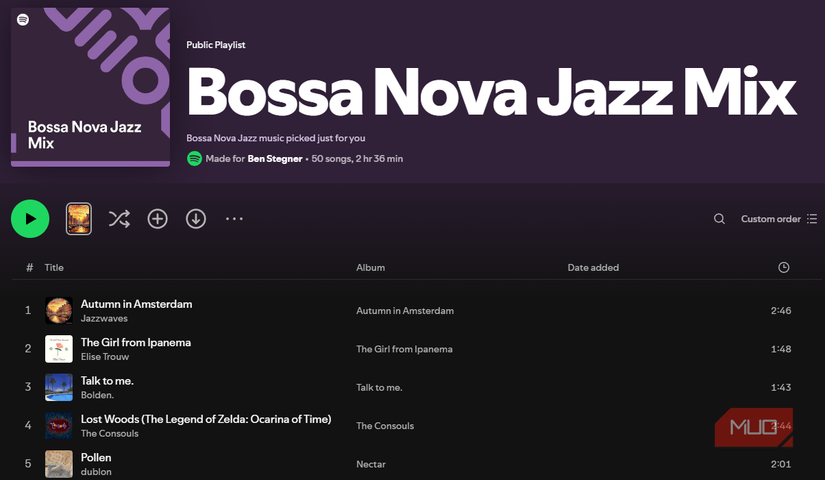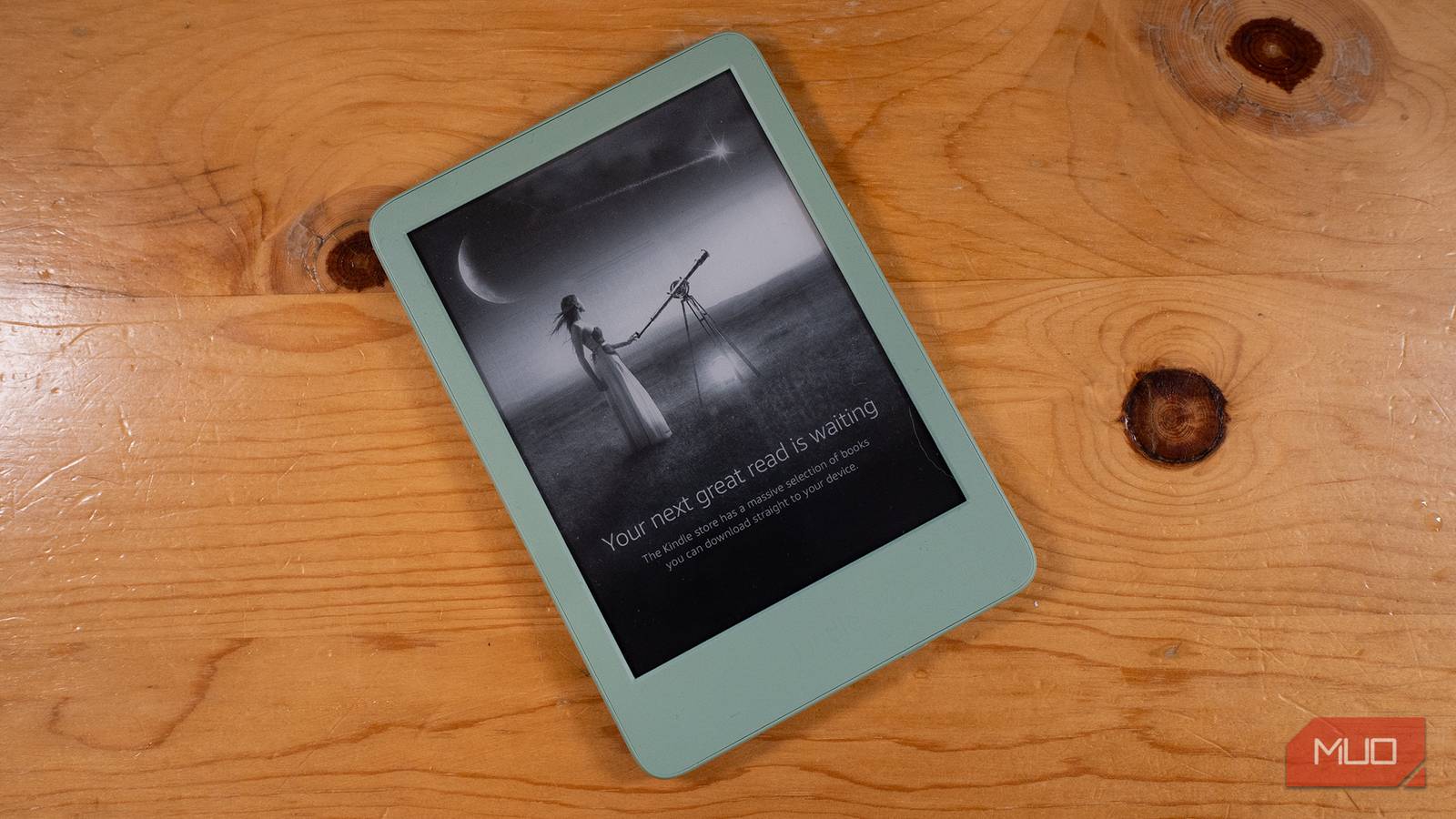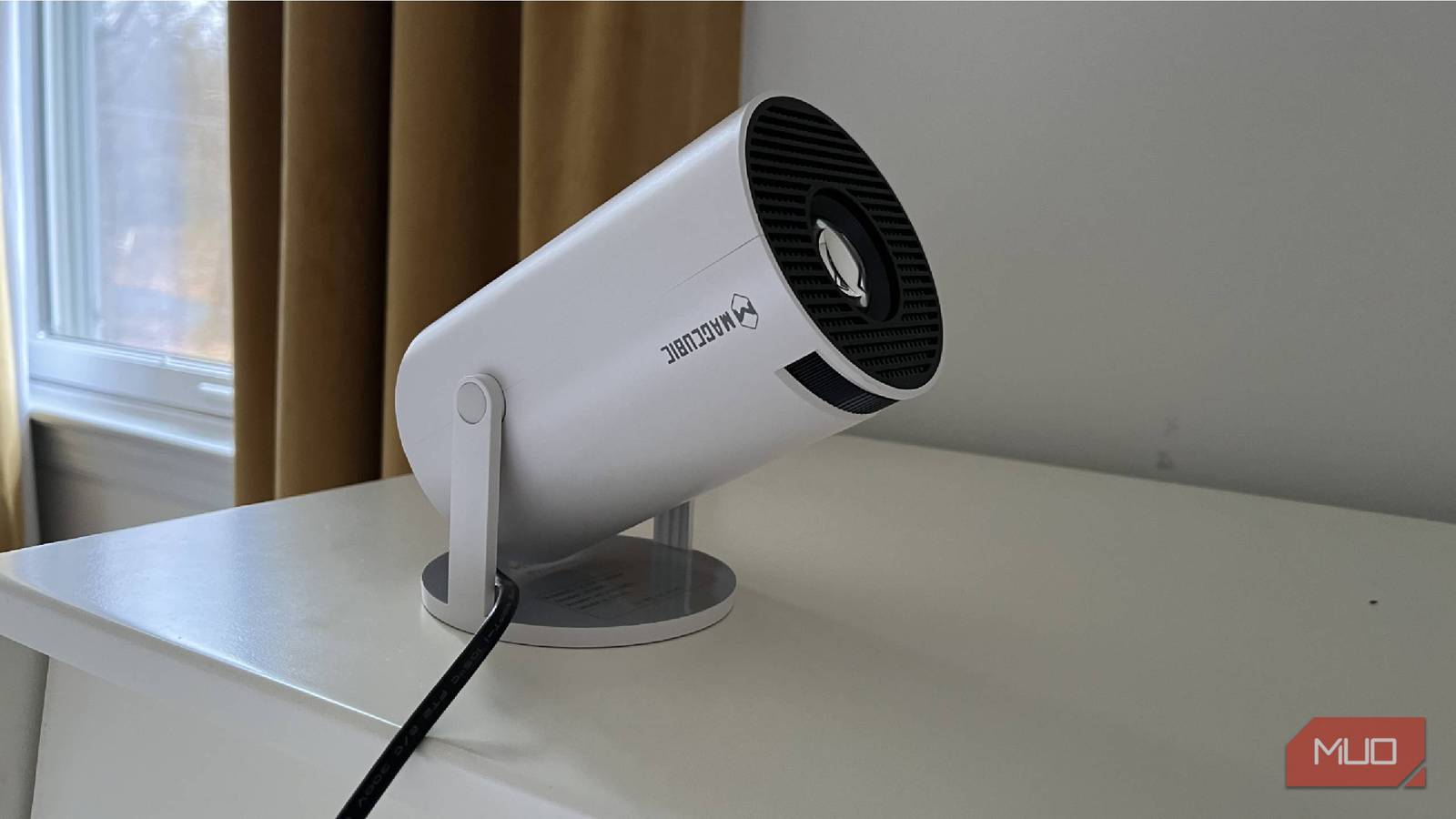I remember being amazed when I first tried Spotify on a friend’s computer in 2011, shortly after it launched in the US. Being able to choose any song you wanted was so much better than the Pandora model of hearing music similar to an artist.
I joined Spotify in 2012, then subscribed to Premium in 2013 and have been using it ever since. While no service is perfect, I’m happy with it and plan to keep sticking with Spotify for the long run.
It holds over a decade of my music history
Unless I have a major problem with an app or service, I rarely change to another. This is because I value familiarity and routine; the hassle involved with switching and getting used to a new setup prevents me from making frivolous switches.
While this inertia isn’t the sole reason I stay with Spotify, it’s an important one. Spotify has my entire music library of albums, plus more than 9,000 Liked Songs from over the years. There’s historical value here, as I can see when I first liked (and thus discovered) a song from a now-favorite artist.
Spotify thus has plenty of information about what I like, which helps fuel its recommendations. I’ve discovered many artists this way that I end up loving.
It also means apps like Stats.fm, which provide Wrapped-style information year-round, have tons of listening history to draw on. Being able to see what songs I’ve listened to the most over 13+ years is interesting, and I’d lose that by switching to another service.
On a practical level, I understand the service well. I know where everything is, the keyboard shortcuts, its shortcomings, all the settings, and similar.
Other services don’t offer major advantages
I stream music all day while working, so if I left Spotify, I’d need to replace it with another service. And while there are plenty of music streaming alternatives, none of them can tempt me away from Spotify.
There are bits of other services I like and wish were part of Spotify. Apple Music’s artist details, like the founding date, place of origin, and fun facts, are neat. Its music shows are a cool idea, mixing podcasts and curated radio.
One of YouTube Music’s big advantages is its wealth of offerings beyond official recordings. It offers live concerts, slowed remixes, endless covers, video game music, and other tunes that aren’t considered “official” enough for Spotify.
While there are advantages to this, I don’t want hundreds of unofficial remixes drowning out the official recordings I’m looking for. There are covers on YouTube I like, but I don’t need to listen to them that often. I can open them in my browser when I’m in the mood.
Additionally, Spotify is the biggest music streaming service by a large margin. While this isn’t a key point in itself, there’s something to be said for using the most popular app, which musicians are likely going to prioritize over smaller players.
I need a (good) desktop app
Almost all my Spotify listening happens on my desktop, and I prefer having a proper app for this. It’s easy to have the media shortcuts on my mouse and keyboard apply only to Spotify, and I want to have a dedicated window for music instead of yet another browser tab.
Other streaming services have desktop apps, but they’re a big step down. The Apple Music Windows app has tons of poor reviews complaining about bad performance, while the Amazon Music app for Windows has the visual design of something from a decade ago.
YouTube Music doesn’t even have an official desktop app—third-party tools exist, but I don’t want to rely on an unofficial app that might be abandoned or function poorly.
Many minor reasons to like Spotify
Spotify has other small ways it keeps me endeared to its service. While I think it’s gotten worse in recent years, I love the yearly Wrapped recap of my listening. The service occasionally does fun promos, like the “playlist in a bottle” you send to your future self. I enjoy seeing the total count of plays on songs.
Spotify also receives regular improvements and new features. While not all these are amazing, many of them are solid. The AI DJ is great for when you don’t know what to play. Jams are a cool way to let others share control of the music, and finally having lossless quality is great with my desktop speakers.
Another minor (but practical) reason I haven’t left Spotify is that I’m the manager of a family plan, which I’ve been since 2016. If I left the group, I’d mess up the savings for everyone else, which I don’t want to do.
Ways I wish Spotify would improve
While I’m happy with Spotify enough to stay, I’m under no impression that it’s perfect.
One of my biggest ongoing issues with Spotify is the way it handles the backend of songs in the database. In short, when songs get updated (either because the rights changed hands or because a song on a single arrives with an album), anything you’ve “liked” isn’t automatically updated. This leads to a lot of micromanagement to keep my library clean.
I can’t believe Spotify hasn’t reversed the decision to have the Plus/Check button signify both that a song is in a playlist or that you’ve “liked” it. These should use separate symbols for clarity.
Spotify’s desktop version should have an equal footing with the mobile app. I know most people listen to music on their phones, but desktop listeners pay the same price for Premium. Many improvements, like the AI DJ’s text requests, take months to arrive on desktop (or never do).
Other areas for improvement
I understand the value in having podcasts and audiobooks in the same service as music, but this feels bloated. Given the chance, I’d turn off both to avoid cluttering search results.
Because I’m album-oriented, I’d love to see Spotify make changes to how it shows albums on artist pages. A toggle to show albums in chronological order, instead of always showing popular records first, would be great.
EPs should be grouped with albums, not singles. And when an album is released, all the repetitive “EPs” that are increasingly large collections of singles should disappear (though this isn’t limited to Spotify).
And finally, sometimes Spotify plays too much of what it knows I like. When the automatic radio comes on after I finish an album, it’s a “feedback loop” of familiar music. And when you search for a genre playlist, the top results include a “just for you” mix, which is biased to music I know when I’m instead looking for something fresh.
Spotify will remain my home for music
Spotify has flaws, but they aren’t big enough that I feel the need to look elsewhere. Other music streaming apps don’t offer enough to make me switch, and while Spotify’s quirks can annoy me, they’re small issues on an otherwise pleasant experience.
I’ve been getting my music from Spotify for a long time, and I’m happy to continue that.

